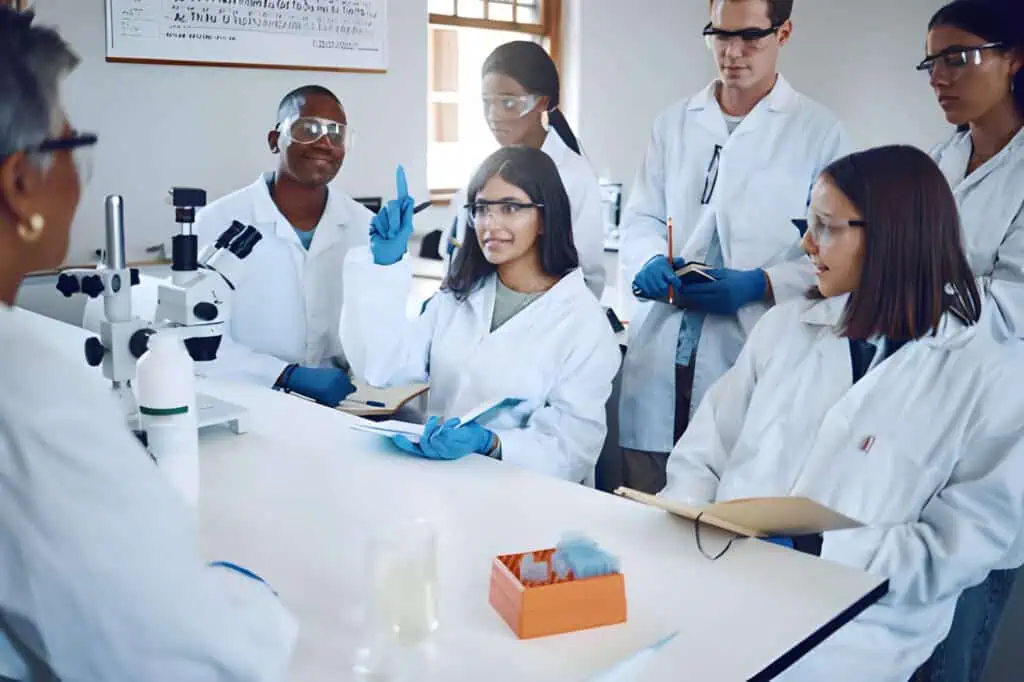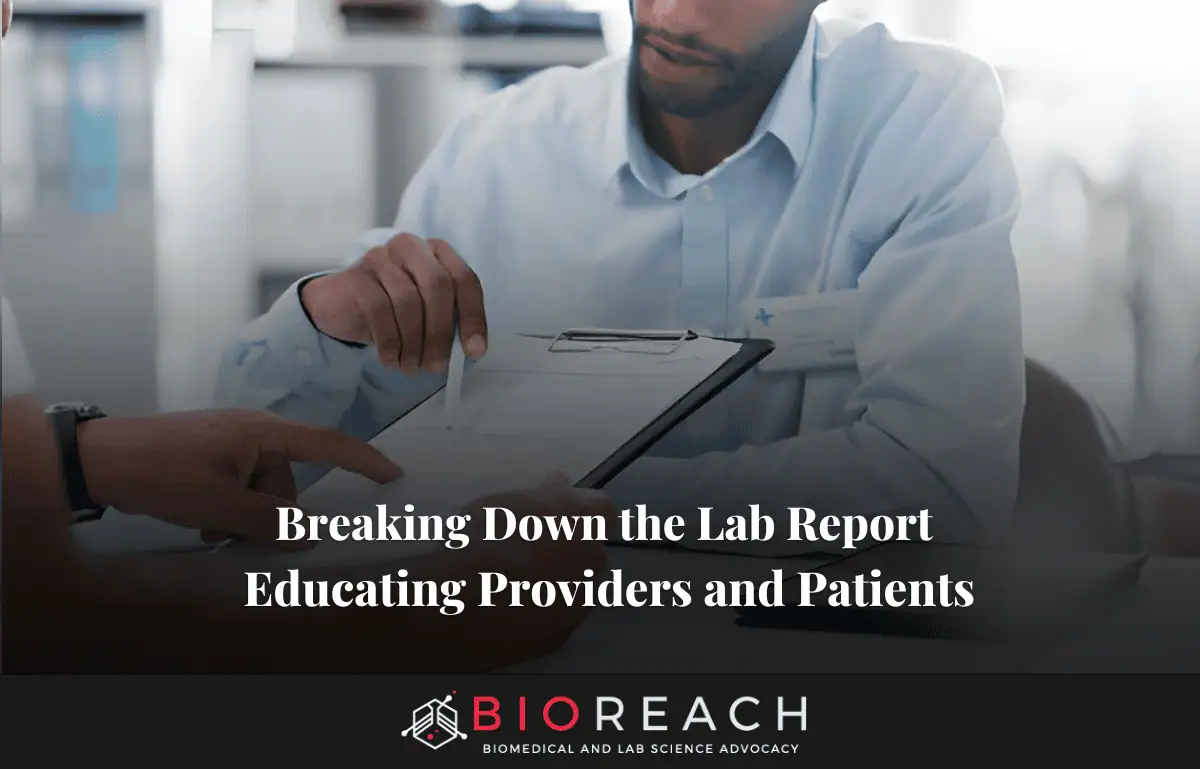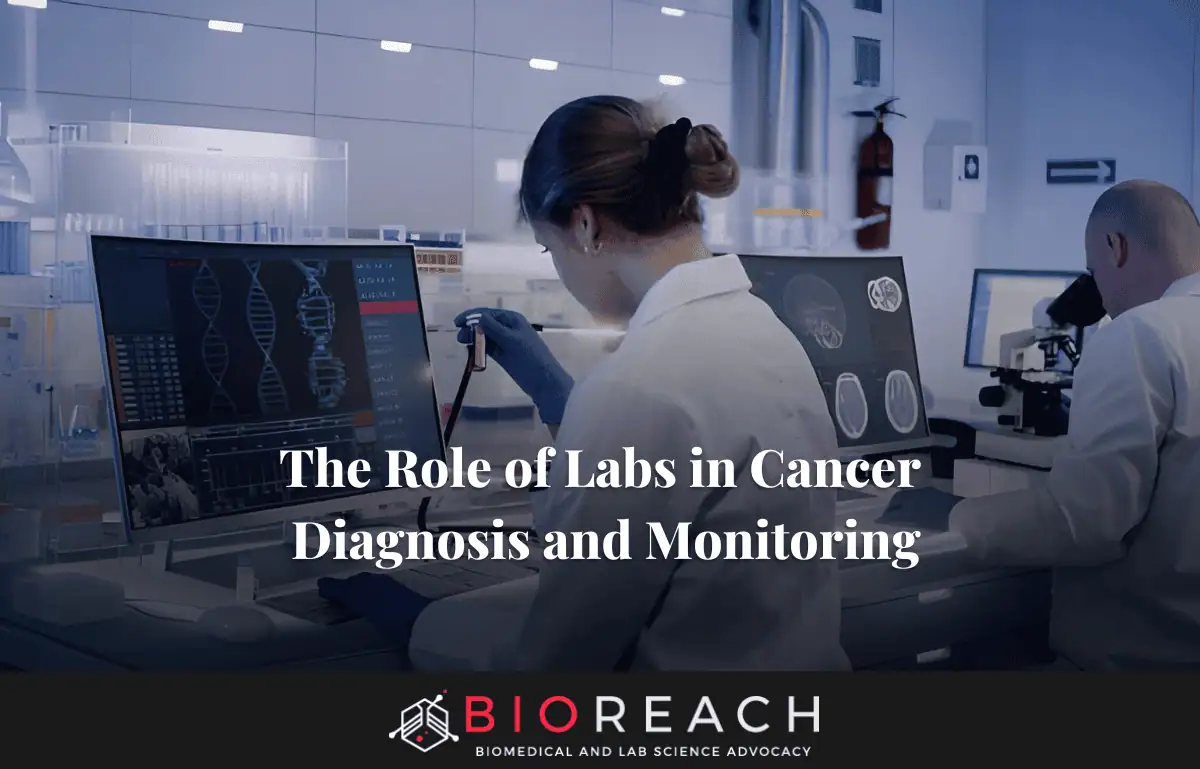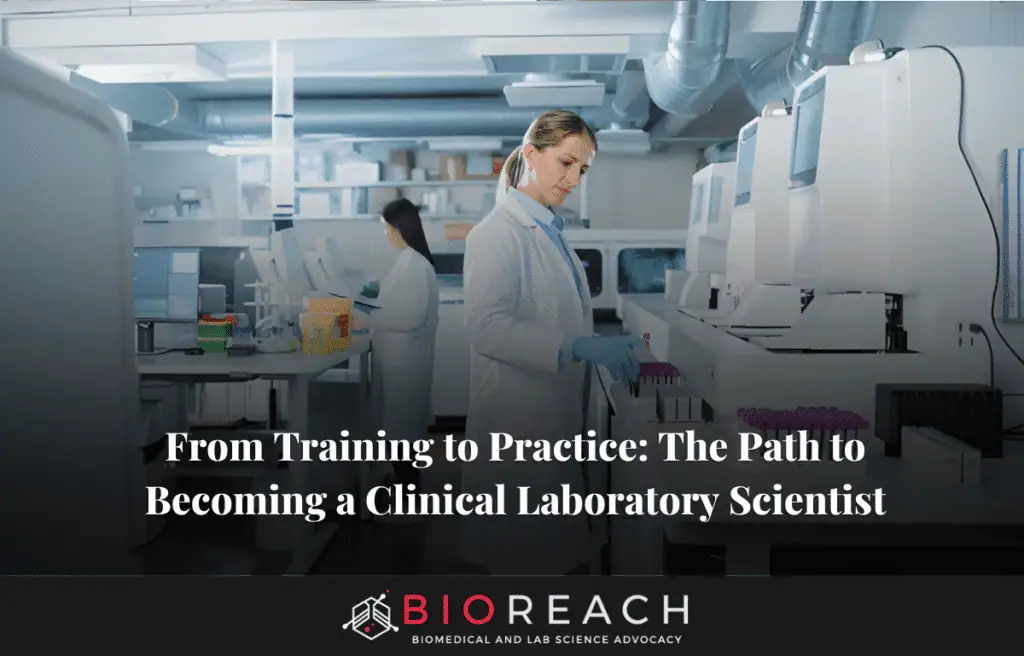Clinical Laboratory Scientist; the title might sound technical, but behind it lies one of healthcare’s most essential and underrated roles. These skilled professionals are the scientific detectives who transform blood, tissue, and other samples into life-saving data that guide doctors’ diagnoses and treatment decisions.
In 2025, as medicine evolves with AI diagnostics and an aging population, becoming a CLS offers both challenge and purpose. The journey, however, isn’t simple; it’s marked by demanding coursework, hands-on training, and the pressure of a growing talent shortage. If you’re considering this path, get ready to explore what it truly takes to move from the classroom to the clinical lab, with real-world insights and a look at the future of this vital career.
This article outlines the step-by-step process of becoming a CLS, drawing on current requirements, challenges, and opportunities. We’ll cover educational foundations, clinical training, certification hurdles, essential skills, job market realities, persistent obstacles, and emerging trends shaping the profession. Whether you’re a high schooler plotting your future or a career-changer seeking stability, understanding this path can help you navigate it successfully.
Defining the Role: What Does a Clinical Laboratory Scientist Do?
A Clinical Laboratory Scientist, also known as a Medical Laboratory Scientist (MLS), is the backbone of diagnostic medicine. These professionals perform complex tests on patient samples, blood, urine, tissues, and more- to detect diseases, monitor therapies, and ensure blood transfusions are safe. In a typical day, a CLS might run immunoassays for allergies, culture bacteria from a wound swab, or analyze genetic markers for personalized cancer treatments.
Unlike technicians who handle routine tasks, CLSs interpret results, troubleshoot instruments, and collaborate with physicians. The American Society for Clinical Laboratory Science (ASCLS) emphasizes its role in 70% of medical decisions, yet they’re often invisible to patients. In 2025, with point-of-care testing on the rise, CLSs are increasingly involved in quality control and data analytics, blending science with technology.
Why pursue this? Job security is a big draw; the Bureau of Labor Statistics (BLS) projects 24,000 annual openings through 2034 due to retirements and demand. But it’s not for everyone: shifts can be irregular, and the pressure of accuracy is high; one error could alter a diagnosis.

The Educational Foundation: Building Blocks for Success
The journey starts with a solid academic base. High schoolers should focus on biology, chemistry, physics, and math; these provide the groundwork for college-level work. Most CLS programs require a bachelor’s degree in medical laboratory science, biology, chemistry, or a related field, typically taking four years.
Specific coursework is non-negotiable. California’s Department of Public Health (CDPH), for instance, mandates 16 semester units of chemistry (including quantitative analysis and biochemistry), 18 units of biological sciences (with microbiology and immunology), and three units of physics. As of January 1, 2025, updates emphasize analytical chemistry and hematology for licensure. Programs accredited by the National Accrediting Agency for Clinical Laboratory Sciences (NAACLS) are gold standards, ensuring eligibility for certification.
For those without a science background, bridge programs exist. Community colleges offer associate degrees in medical lab technology (MLT), a two-year stepping stone to CLS via “MLT to MLS” articulation paths. Online options, like those from George Washington University, blend virtual lectures with in-person labs, accommodating working students.
Costs vary: Public universities might run $10,000-$20,000 annually, while private ones hit $40,000+. Scholarships from ASCLS or the American Society for Clinical Pathology (ASCP) can offset this, targeting underrepresented groups to boost diversity in a field where only 15% of CLSs are from minority backgrounds.
Hands-On Training: From Theory to the Bench
Theory alone isn’t enough for a Clinical Laboratory Scientist; hands-on experience is essential. After earning a bachelor’s degree, aspiring Clinical Laboratory Scientists must complete a one-year clinical training program, typically at NAACLS-accredited hospitals or universities. Programs such as those at UC Davis Health offer 12 months of intensive rotations in hematology, microbiology, clinical chemistry, and blood banking. Students spend about 32 hours each week in the lab and 8 hours in online coursework, gaining the practical skills and confidence required to excel as a professional Clinical Laboratory Scientist.
San Jose State University’s certificate boasts a 99.5% job placement rate, emphasizing hands-on skills with automated analyzers and molecular diagnostics. Trainees must secure a CLS Trainee License first, requiring transcripts and fees, $230 in California.
Challenges here include competition for spots, only 200-300 programs nationwide, and the intensity: 40-hour workweeks plus study time. Some programs, like Scripps Health in San Diego, integrate ASCP exam prep, boosting pass rates to 95%. Virtual simulations, amplified post-COVID, help bridge gaps, but nothing replaces real pipetting under pressure.

Certification and Licensing: The Gatekeepers
Certification serves as the official entry into practice for a Clinical Laboratory Scientist. The ASCP Board of Certification (BOC) administers the MLS(ASCP) exam, a 100-question, 2.5-hour test that evaluates knowledge in blood banking, clinical chemistry, hematology, immunology, laboratory operations, microbiology, and urinalysis. To be eligible, candidates must hold a bachelor’s degree, complete a NAACLS-accredited training program, and have relevant clinical experience. Pass rates typically range from 75% to 80%, and the exam fee is $250. Successfully earning this certification is a crucial step for anyone pursuing a career as a Clinical Laboratory Scientist.
Licensing varies by state; 12 require it, like California, where CDPH demands the exam plus a $230 fee. 2025 updates tighten requirements, adding more chemistry credits. International paths exist via ASCP’s global credentials, but U.S. equivalency evaluations are rigorous.
Recertification every three years via continuing education (36 credits) keeps skills sharp, focusing on emerging areas like genomics. Barriers include exam anxiety and costs, but prep resources like ASCP’s practice tests help.
Essential Skills and Competencies: Beyond the Books
CLS success demands technical prowess: proficiency in PCR, flow cytometry, and mass spectrometry. Soft skills shine too, attention to detail prevents errors, critical thinking interprets anomalies, and communication relays findings to teams.
In 2025, digital literacy is key: EHR integration and AI-assisted analysis. Ethical awareness handles sensitive data, while resilience combats burnout from high-stakes work. Programs emphasize interprofessional training, simulating hospital scenarios.

Navigating the Job Market: Opportunities and Realities
The BLS forecasts 2% growth for CLSs from 2024-2034, slower than average, but shortages create openings; 1.9 million healthcare jobs are projected overall. Median salary: $61,663, with top earners at $84,300. In high-demand areas like California, averages hit $76,000.
Entry-level roles in hospitals pay $50,000-$60,000, advancing to supervisors at $80,000+. Specialties like molecular diagnostics command premiums. Networking via ASCLS conferences aids job hunts, but rural areas face shortages.
Overcoming Challenges: The Tough Realities
The path to becoming a Clinical Laboratory Scientist is far from easy. The field faces workforce shortages, with nearly 20% of positions remaining vacant due to retirements and burnout. Low compensation compared to the level of education, especially when measured against nursing salaries, discourages many potential entrants. Strict regulatory requirements, such as California’s licensing process, create additional obstacles.
Moreover, diversity remains limited, with minorities underrepresented, worsening existing healthcare inequities. The role’s physical demands, including long hours on one’s feet and exposure to biohazards, also add challenges. Addressing these issues requires stronger advocacy for competitive pay, improved diversity initiatives, and more streamlined training pathways for future Clinical Laboratory Scientists.
Future Trends: Evolving with Technology
By 2025, AI and automation will dominate, predicting synthetic data for training and reducing errors. Personalized medicine via genomics demands new skills. Sustainability, green labs, emerge with eco-friendly protocols. Conferences like Trends & Innovations in Medical Laboratories highlight these. CLSs must adapt to telehealth-integrated diagnostics.
Conclusion
From high school labs to hospital benches, becoming a CLS is a rewarding trek blending science, service, and innovation. In 2025, with shortages spotlighting the need, it’s a field ripe for passionate entrants. Tackle the education, embrace the training, conquer certification, and you’ll join a vital force in healthcare. Remember: every test you run could save a life. If this sparks your interest, start with NAACLS programs; your future patients are waiting.














